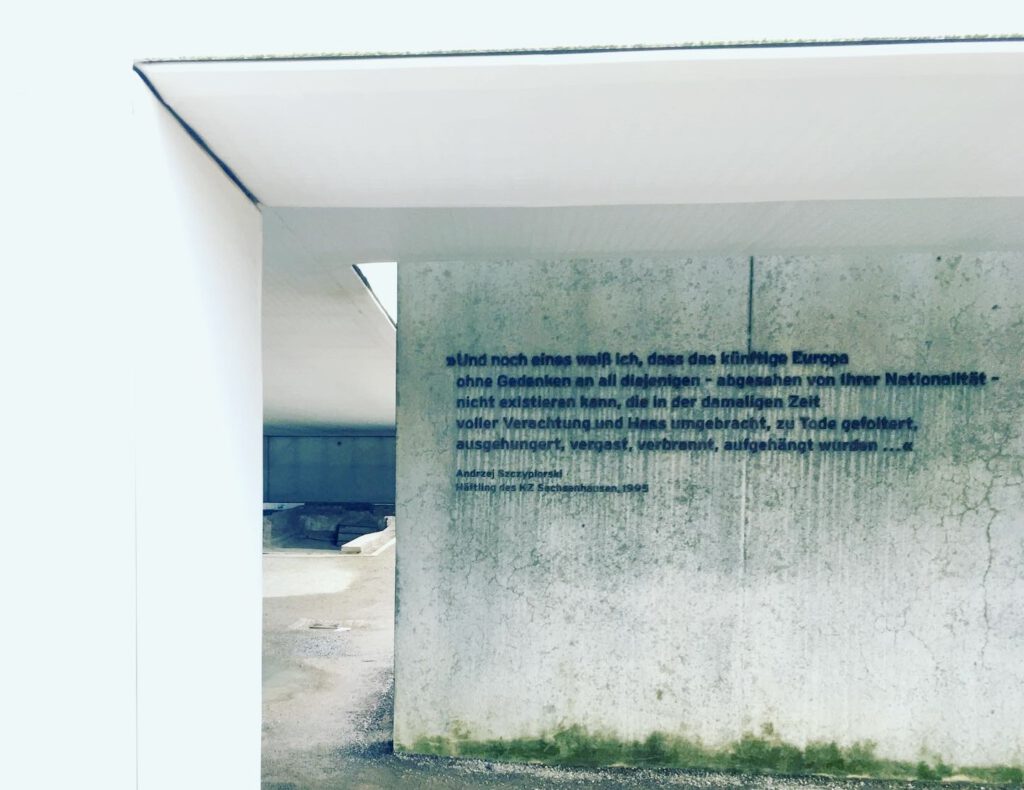Across Europe, antisemitic hate crimes are surging, from everyday harassment to violent attacks and terrorism. Driven by far-right, jihadist, and cross-ideological actors, and amplified online, this resurgence shows antisemitism as a dangerous unifying force in extremism, demanding urgent and coordinated countermeasures.

In the summer of this year, a Jewish couple was attacked near Venice’s Rialto Bridge by three men who insulted the husband as a „dirty Jew,“ doused him with water, and spat on him. A few years earlier, in 2019, far-right extremists terrorist attack in Halle had already demonstrated that antisemitic violence is not limited to insults and assaults but can escalate into planned acts of terrorism. Both incidents are emblematic of a troubling trend: antisemitism, one of Europe’s oldest hatreds, is resurfacing with alarming intensity. Across the continent, data and reports point to a sharp increase in antisemitic hate crimes – from everyday harassment to violent actions, including terrorist attacks. This hatred is fueled by a variety of extremist actors, including far-right extremists, neo-Nazis, far-left extremists, anarchist violent extremist spheres, and jihadist groups, underscoring the urgent need for a comprehensive response.
Many European countries are experiencing a dramatic rise in antisemitic hate crimes. The EU Fundamental Rights Agency (FRA) has documented massive increases – in some countries, reports surged by as much as 400 percent since the outbreak of the Gaza conflict. In Germany, recorded incidents nearly doubled in 2024 compared to the previous year (8,627 versus 4,886), particularly after October. At the same time, the OSCE/ODIHR stresses that underreporting remains a major obstacle to capturing the true scale of the problem. These developments show how both the pandemic and recent geopolitical events, especially the conflict in Gaza, have significantly accelerated the rise in antisemitic crimes. According to the Europol’s European Union Terrorism Situation and Trend Report (EU TE-SAT) 2025 online terrorist and violent extremist propaganda instrumentalised the conflict and the sparking of hatred, with antisemitism being a common denominator in both.
Diverse Perpetrators
Antisemitic violence in Europe stems from a broad spectrum of extremist ideologies. The far-right and neo-Nazis spread antisemitic conspiracy theories, engage in targeted violence, and scapegoat Jewish communities. Antisemitism remains a core element of right-wing extremism and also functions as an ideological bridge to Islamist movements – a so-called bridging narrative.
Since 7 October 2023, many European countries have recorded an increase in antisemitic incidents – desecration of monuments with slogans or graffiti, vandalism, verbal abuse, threats, physical attacks by far-left extremists, and anarchist groups.
Jihadist groups also exploit antisemitic enemy images, often amplified by global conflicts. Between 2012 and 2019, a number of armed attacks on Jewish targets in Europe were directly connected to al-Qaeda or the so-called Islamic State.
Beyond this, hybrid and cross-ideological constellations have emerged. The COVID-19 pandemic highlighted how antisemitism can operate as a bridging narrative: anti-vaccine activists, esoteric groups, and far-right extremists in conspiracy-oriented milieus united around the notion of a supposed Jewish “elite conspiracy”. Antisemitic imagery – from blaming „financial elites“ to drawing comparisons with Nazism – was used to interpret societal crises and fuel resentment. These narratives acted as a binding agent, bringing together very different groups and reaffirming antisemitism as a connecting element across extremist milieus.
The escalation of antisemitic incidents is not confined to physical attacks. Digital spaces play a central role: conspiracy myths, Holocaust denial, and antisemitic stereotypes circulate widely and rapidly on social media. Extremist actors exploit these platforms to mobilisefollowers and create a climate of normalisation. Online propaganda plays a crucial role in sustaining and spreading antisemitism, as it amplifies existing prejudices and reshapes them for targeted audiences, often focusing on minors. Online hatred lowers inhibitions and often serves as a catalyst for offline harassment and violence. The online and offline dimensions are therefore inseparably linked – a dual challenge for prevention and law enforcement.
Authors:
Fabian Wichmann, Research Associate at Grüner Vogel e. V, co-leader of Thematic Panel 1 “Ideologies and Conspiracy Narratives” within the EU Knowledge Hub.
Vasileios Theofilopoulos, Police Brigadier General at the Hellenic Police, co-leader of Thematic Panel 1 “Ideologies and Conspiracy Narratives” within the EU Knowledge Hub.